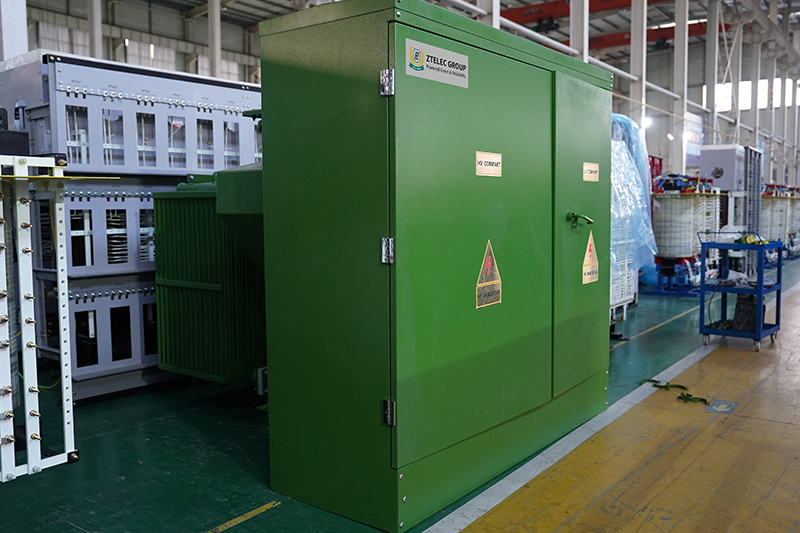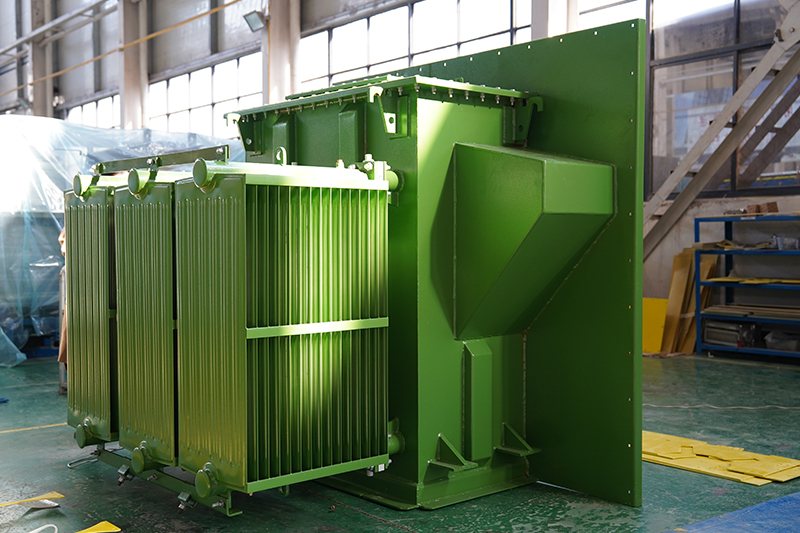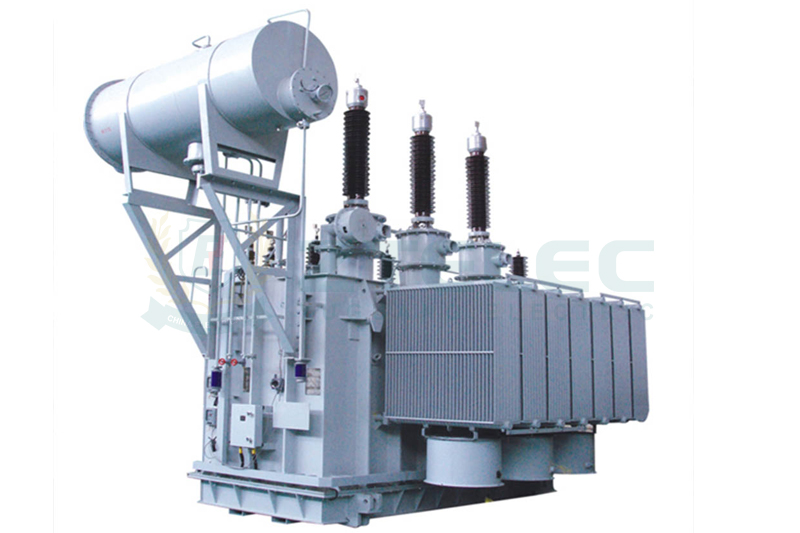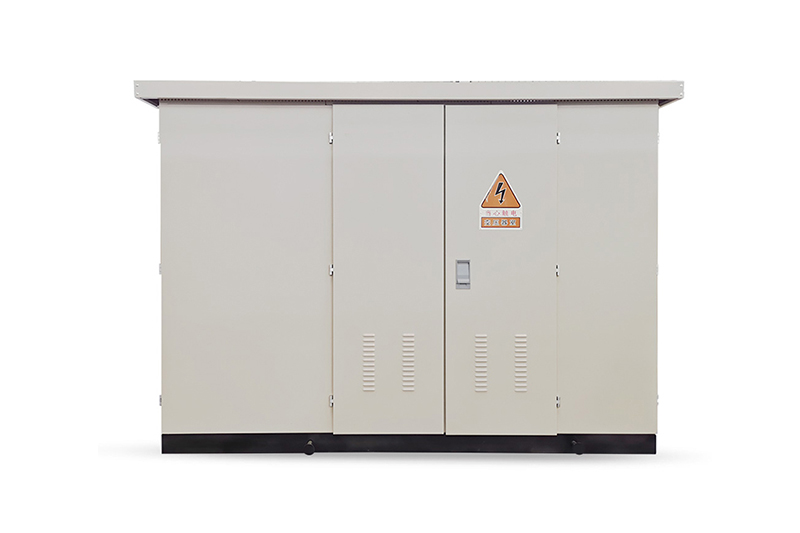American-Style Pad-Mounted Substations: Complete Guide to Selection and Application (2025 Edition)
Time:2025-09-4 Auther:ZTelec-www.ztelectransformer.com
American-style pad-mounted substations are critical components in modern power systems, integrating oil-immersed transformers, load switches, and protective devices into a single compact structure. Unlike European-style units, their design philosophy emphasizes structural compactness, integrated protection, and efficient heat dissipation. This guide explores the technical features, selection criteria, and practical applications of American-style pad-mounted substations, offering insights for engineers, project managers, and investors in 2025.

Structural Design and Safety Features
The hallmark of the American-style pad-mounted substation lies in its integrated oil tank, which protects internal components and enables efficient thermal management. Transformer oil provides superior insulation and cooling, ensuring stable operation under varying loads. On the high-voltage side, fuses safeguard against overcurrent and short circuits, while the low-voltage side utilizes air switches or circuit breakers for secure fault interruption. This dual-layer protection design ensures reliability and minimizes operational risks.
Core Advantages of American-Style Pad-Mounted Substations
Compact Design: With smaller footprints and lighter weight, these substations are ideal for space-limited projects such as residential areas, schools, or urban centers. The reduced installation area lowers construction costs and eases transportation challenges.
Efficient Heat Dissipation: The oil-immersed transformer design, coupled with a sealed enclosure, accelerates heat transfer and prevents overheating, enabling continuous stable operation in demanding conditions.
High Cost-Performance: By balancing performance and manufacturing costs, American-style substations deliver long-term economic advantages. They achieve high energy efficiency while maintaining competitive pricing, making them a preferred option in many markets.

Key Technical Criteria for Selection
Load Calculation and Capacity Matching: Select capacity based on both current demand and projected growth over the next decade. Keeping the transformer load factor within 40%–70% ensures efficiency and avoids premature aging or overloading.
Transformer Type Options:
S11 series units provide stable and economical performance for conventional loads.
S13 series transformers use high-efficiency silicon steel sheets, reducing energy losses and offering improved energy savings.
SH15 amorphous alloy transformers achieve ultra-low no-load losses, ideal for renewable energy projects or low-load operation scenarios.
Environmental Adaptability: For high-temperature regions, adopt high-flash-point insulating oils and radiators. In high-altitude or corrosive coastal environments, enhance insulation and anti-corrosion coatings to extend service life and performance.
Intelligent Monitoring Functions: Substations can integrate smart sensors for oil temperature, load currents, and fault alarms. With 4G/5G connectivity, data is transmitted in real time to monitoring centers, reducing manual inspections and enabling predictive maintenance.
Supplier Evaluation: Choose manufacturers with State Grid certifications, ISO-compliant production processes, and proven after-sales support. Reviewing project cases ensures reliable delivery and tailored solutions.
Typical Application Scenarios
Urban Distribution Networks: American-style substations are widely applied in residential communities, commercial complexes, hospitals, and schools. Their safe, enclosed structure prevents accidental contact, ensuring public safety and reliable daily electricity supply.
Renewable Energy Integration: They are deployed in solar power plants and wind farms, handling voltage step-up and grid connection. Their compact design allows installation in remote and mountainous terrains, improving energy delivery efficiency.
Public Infrastructure Supply: From rail transit systems and airports to ports and data centers, these substations guarantee stable, low-noise, and energy-efficient operation. Their durability makes them suitable for continuous long-term infrastructure demands.
American-style pad-mounted substations combine compact structural design, robust oil-immersed transformer technology, and advanced monitoring functions, making them indispensable in modern power grids. In 2025, their role in urban distribution, renewable energy integration, and public infrastructure will continue to expand. By selecting the right transformer type, considering environmental adaptability, and partnering with certified manufacturers, projects can maximize efficiency, safety, and long-term economic performance. For medium- and high-voltage applications requiring reliability and flexibility, American-style pad-mounted substations remain one of the most cost-effective and future-ready solutions.




